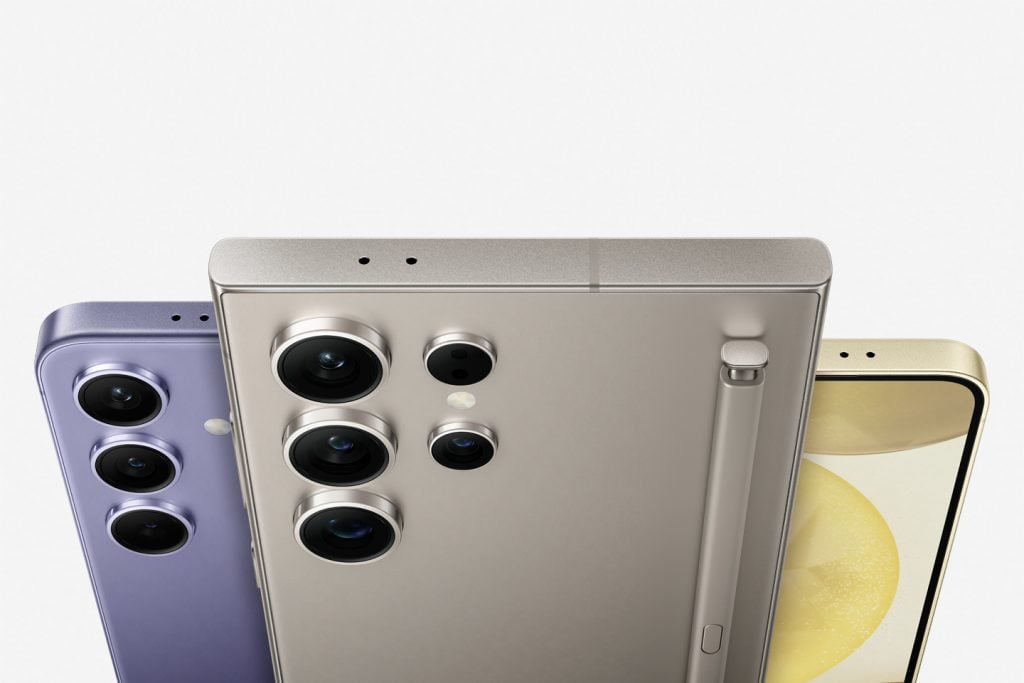Samsung has maintained the same main sensor across the Galaxy S22, S23, and S24 models. Recently, tipster Ice Universe revealed that this trend will continue with the Galaxy S25 and potentially the S26 as well.
Camera Comparisons
This information follows a comparison by Techwiser on X, which evaluated the main camera capabilities of the Galaxy S24 against those of the newly launched iPhone 16. The iPhone 16 not only rendered skin tones more accurately but also produced a generally brighter image.
Smartphone photography today heavily depends on innovative software techniques along with the optical components. Nevertheless, upgrading the sensor or lenses is advantageous for image processing algorithms, providing more precise data to work with. Maintaining the same sensor for 4-5 years may not be the best approach, especially since Samsung is a leading manufacturer of smartphone camera sensors.
Sensor Specifications
For those interested, the Galaxy S24 is equipped with the Samsung ISOCELL (S5K)GN3 main sensor, which has an optical format of 1/1.57″. This 50MP sensor features a Dual Tetrapixel RGB Bayer pattern and supports video recording at 30fps in 8K, 120fps in 4K, and 240fps in FHD. The Galaxy S24 can record in 8K at 24/30fps, 4K at 30/60fps, and 1080p at 30/60/240fps.
While the S24 and S24 Plus continue to use this older sensor, competitors such as Google, OnePlus, and Xiaomi have adopted significantly larger main sensors. For instance, both the Pixel 9 and Xiaomi 14 utilize a 1/1.31″ main sensor, enhancing their camera systems. The OnePlus 12 boasts a 1/1.43″ main sensor, which also surpasses the sensors found in the current Galaxy S flagship models.
Implications of Sensor Size
It is important to note that if the base and plus models are paired with appropriate optical hardware, they could achieve better results than what is currently observed. A larger main sensor, in particular, would greatly improve performance in low-light conditions, resulting in brighter images with reduced noise.



Leave a Reply